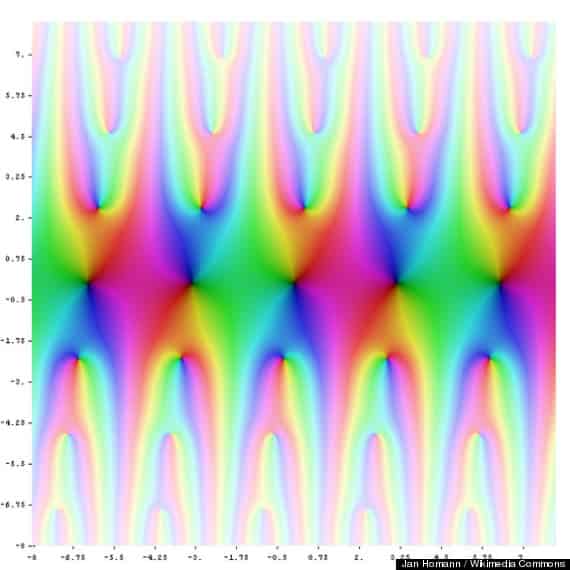Indian mathematician Ramanujan astonished the world with his brilliance nearly a 100 years ago. His brilliance continues to shine through history now that the cryptic functions that he wrote down on his deathbed have proved true nearly 90 years later.
Ramanujan was born and brought up in South India. The most extra-ordinary thing about him is that he was an entirely self-taught mathematician who baffled the world with his genius. He was invited and admitted into the Royal Society where he diligently worked for many years.
However, he soon grew sick and retired back to India. On his deathbed, Ramanujan penned down mock modular functions and sent them off to G. H. Hardy. Back then, the mathematicians couldn’t quite make much of it.
The modular functions that Ramanujan penned down were related to theta functions. Theta functions exhibit a very complex, recurring pattern. Moreover, they are super-symmetric in that if a Moebius transformation is applied to theta functions, they turn into themselves.
Back then, Ramanujan predicted that some 17 functions looked just like theta functions but were actually not since they didn’t fulfil the condition of being super-symmetric. These functions are termed ‘mock modular functions.’
Now, mathematicians have proved that these functions indeed tend to act like theta functions but their similarity breaks down on the question of being super-symmetric. According to Ken Ono of Emory University who solved the problem with this team, “Ramanujan’s legacy, it turns out, is much more important than anything anyone would have guessed when Ramanujan died.”
Courtesy: Huff Post
[ttjad keyword=”best-selling-gadget”]




